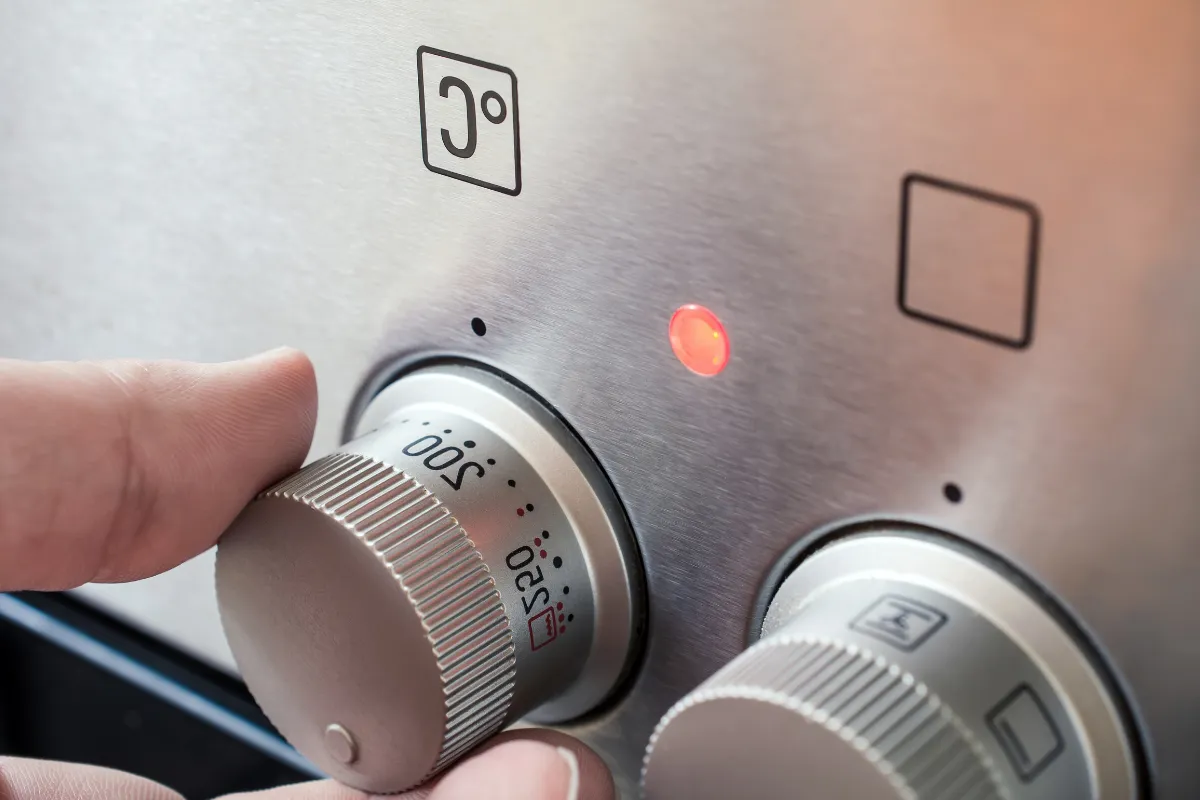Introduction
Cooking sockeye salmon is an art, and mastering the temperature is crucial for a delightful culinary experience. Whether you’re a seasoned chef or a home cook, understanding the right temperature ensures that your sockeye salmon is cooked to perfection. In this article, we’ll delve into the nuances of sockeye salmon preparation, from choosing the right fish to serving it on your plate.
Choosing the Right Sockeye Salmon
Before we dive into the cooking temperature, it’s essential to start with high-quality sockeye salmon. The freshness of the fish significantly impacts the final dish. Look for vibrant, firm flesh and avoid any off-putting odors. Fresh sockeye salmon should have a clean, ocean-like scent. When selecting your salmon, consider visiting a reputable fishmonger or seafood market.
Health Benefits of Sockeye Salmon
Aside from its delicious taste, sockeye salmon packs a nutritional punch. Rich in omega-3 fatty acids, it contributes to heart health and offers a range of other benefits. Including sockeye salmon in your diet can enhance brain function, reduce inflammation, and even promote healthy skin. Knowing the right temperature to cook it ensures you retain these valuable nutrients.
Preparing Sockeye Salmon
Once you have your fresh sockeye salmon, the next step is preparation. Clean the fish thoroughly, removing any scales or bones. Seasoning is a crucial aspect; consider marinating the salmon with herbs, lemon, and a touch of olive oil. The seasoning not only adds flavor but also enhances the natural taste of the fish. As for cooking methods, you have various options, from grilling to baking or pan-searing.
Ideal Cooking Temperature for Sockeye Salmon
Now, let’s get to the heart of the matter – the ideal cooking temperature for sockeye salmon. The importance of this cannot be overstated. Cooking at the right temperature ensures that the fish is cooked through while maintaining its moisture and tenderness.
Recommended Internal Temperature
For sockeye salmon, the recommended internal temperature is around 145°F (63°C). This temperature ensures that the fish is cooked to perfection without becoming dry. Using a meat thermometer is the most accurate way to gauge the internal temperature. Insert the thermometer into the thickest part of the salmon to get an accurate reading.
Avoiding Overcooking
Overcooking can turn a succulent piece of sockeye salmon into a dry disappointment. To avoid this, be vigilant during the cooking process. Set a timer, check the internal temperature regularly, and remove the salmon from heat once it reaches the recommended temperature. Remember, the fish continues to cook slightly after being removed from heat, a phenomenon known as carryover cooking.
Cooking Time Based on Thickness
The thickness of the salmon fillet influences the cooking time. As a general rule, cook the salmon for about 4-6 minutes per half-inch thickness. Thicker fillets may require a bit more time, while thinner cuts will cook faster. Adjusting the cooking time based on thickness ensures uniform cooking throughout the fish.
Using a Meat Thermometer
Investing in a meat thermometer is a game-changer in the kitchen. It takes the guesswork out of cooking and guarantees accurate results. When using a meat thermometer for sockeye salmon, ensure it’s inserted into the thickest part of the fillet without touching bone. This provides a precise reading of the internal temperature.
Serving Suggestions
Once your sockeye salmon is perfectly cooked, it’s time to present it in all its glory. Consider serving it on a bed of quinoa, accompanied by steamed vegetables. A drizzle of lemon-infused olive oil or a delicate dill sauce can elevate the flavors. The goal is to complement the natural richness of the sockeye salmon without overpowering it.
Common Mistakes to Avoid
While mastering the art of cooking sockeye salmon, be mindful of common mistakes. Overcrowding the pan, neglecting the use of a meat thermometer, and overcomplicating the seasoning are pitfalls to avoid. Keep it simple, pay attention to details, and let the quality of the salmon shine through.
FAQs about Cooking Sockeye Salmon
-
Q: Can I use frozen sockeye salmon, and how does it affect the cooking process?
- A: Yes, you can use frozen sockeye salmon. However, ensure it’s properly thawed before cooking to achieve even doneness.
-
Q: What are alternative seasoning options for sockeye salmon?
- A: Experiment with a variety of herbs, spices, and citrus fruits to find your preferred flavor profile. Popular choices include garlic, thyme, and orange zest.
-
Q: Can I grill sockeye salmon without it falling apart?
- A: Yes, grilling sockeye salmon is possible without it falling apart. Use a fish basket or grill on a cedar plank for added stability.
-
Q: Is there a difference in cooking time between wild-caught and farm-raised sockeye salmon?
- A: Generally, the cooking time remains similar for both wild-caught and farm-raised sockeye salmon. However, wild-caught salmon may cook slightly faster.
-
Q: What side dishes pair well with sockeye salmon?
- A: Suggested side dishes include roasted asparagus, garlic mashed potatoes, or
Discover the delightful world of salmon lovers with this tempting Baked Sockeye Salmon Recipe – a culinary adventure awaits!

